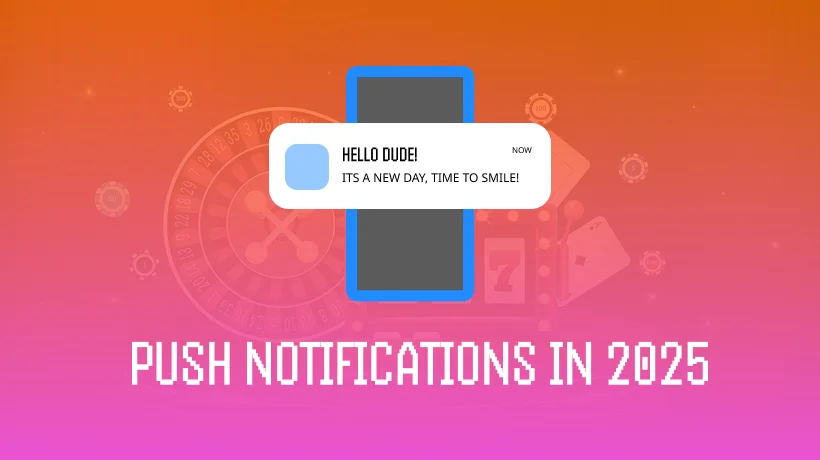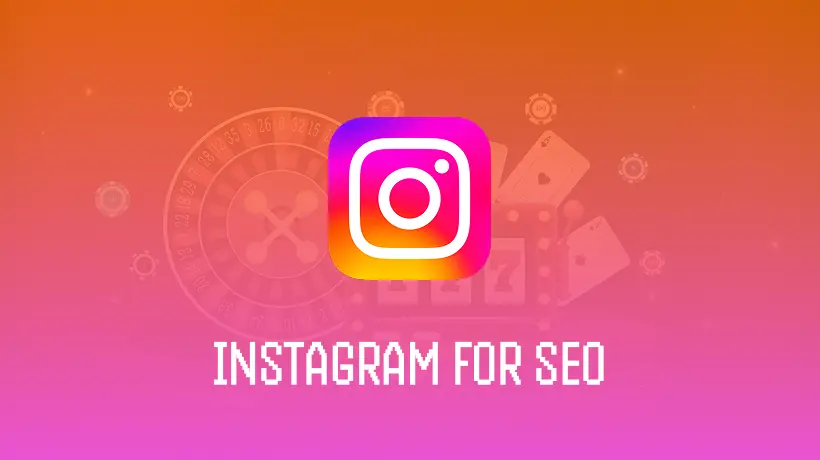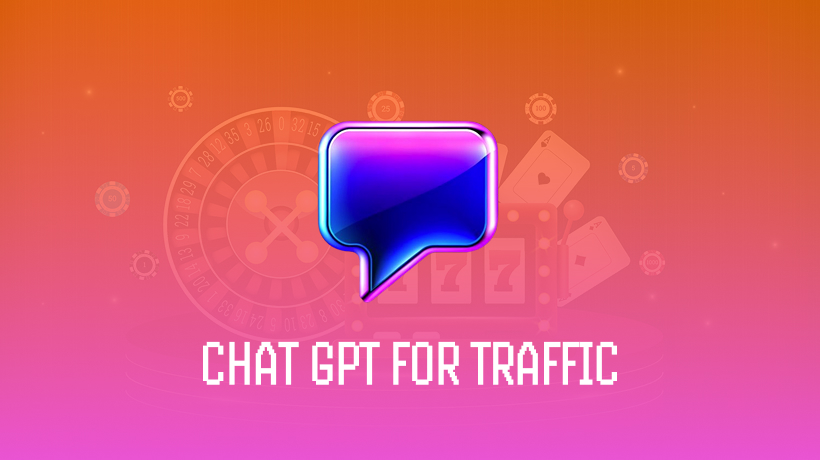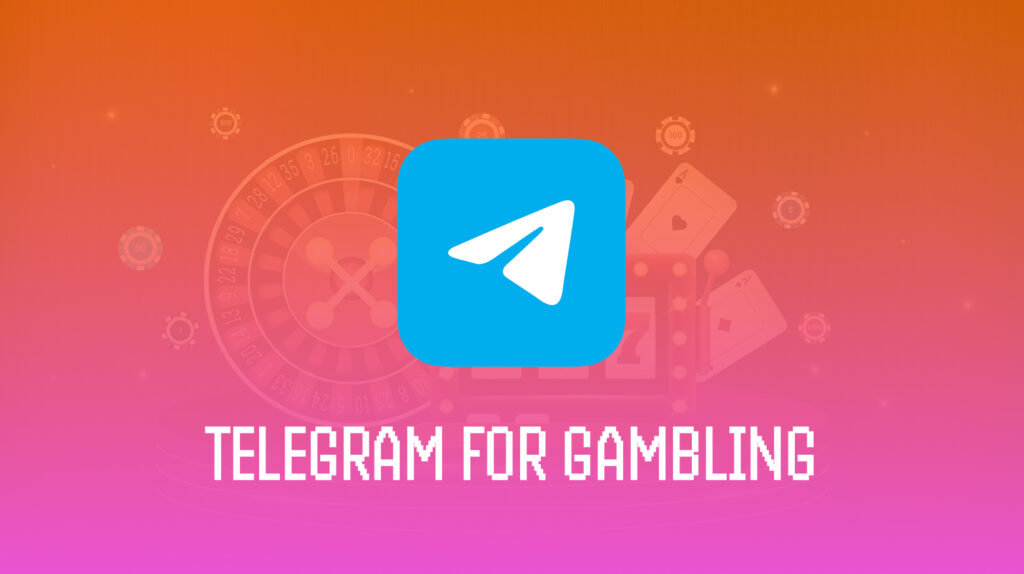Your phone buzzes and a notification appears: “Live odds just changed, Liverpool now 2.5 to win.” You tap it. That simple interaction explains why push notifications have become the most powerful tool in iGaming.
The numbers tell a clear story that push notifications deliver 50–80% open rates, crushing email’s 15–25%. For operators fighting to keep players engaged, that’s the difference between a message that works and one that gets ignored.
Mobile devices now drive over 60% of gambling revenue, with three-quarters of players preferring mobile platforms. Push notifications are the direct line to that audience, instant alerts that reach players wherever they are, whenever it matters.
But there’s a catch. The same features that make push notifications so effective have triggered serious regulatory pushback. Minnesota is proposing outright bans. The UK Gambling Commission is handing out million-dollar fines. Consumer protection groups argue that constant “bet now” alerts cross ethical lines.
So what’s an operator supposed to do? That’s what we’re going to explain. You’ll learn what actually works (and what the data proves), how to stay on the right side of regulations, and why AI is changing everything about personalization. Most importantly, you’ll understand how to use push notifications to build engagement without burning out your players or attracting regulatory heat. It’s about smart communication that benefits everyone and not about spamming users.
What Makes Push Notifications So Effective
The Numbers That Matter
Start with the economics. Push notifications cost just $0.01 per message, compared to $0.05-0.10 for SMS and $0.02-0.05 for email. That’s five to ten times cheaper than texting. But cost alone doesn’t tell the whole story.
| Metric | Push Notifications | SMS | |
|---|---|---|---|
| Open Rate | 50-80% | 15-25% | 98% |
| Cost per Message | $0.01 | $0.02-0.05 | $0.05-0.10 |
| Delivery Speed | Instant | Minutes-Hours | Instant |
| Click-Through Rate | 8-12% | 2-5% | 6-8% |
The performance benchmarks for top iGaming platforms show what’s possible: 40-60% opt-in rates, 8-12% click-through rates, and 25-35% retention rates.
High-value segments perform even better. VIP bonus offers hit 65-75% response rates, while live odds updates for sports bettors reach 70-80%.
The retention impact is massive. Players who receive notifications at least once daily show 820% higher app retention compared to those who get zero notifications. That’s not a typo—eight times higher.
ROI data backs this up. Well-executed push campaigns achieve up to 2200% ROI, with some specialized implementations reaching 3500%. For context, operators report that personalized notifications increase mobile app engagement by up to 300%.
AI Is Changing the Game
The biggest shift happening right now? Artificial intelligence transforming push notifications from generic broadcasts into personal conversations.
AI-driven targeting increases engagement by 45% compared to traditional methods. That’s not incremental improvement. It’s a fundamental change in how operators communicate.
Take DraftKings. They use machine learning to analyze individual betting patterns, favorite teams, and optimal engagement times. Instead of blasting “Bet now!” to everyone, their system predicts when each player is most likely to engage. A Liverpool fan gets a notification about enhanced odds two hours before kickoff. A slot player receives alerts about new games matching their preferences.
The technology has matured fast. Platforms now track which games players engage with, betting patterns, session duration, and even early warning signs of problem gambling. Real-time odds integration shows 55% higher engagement than static promotional messages, especially for sports betting where timing is everything.
Rich media makes a difference too. Notifications with images, videos, and interactive buttons boost reaction rates by 25%. Modern platforms support up to four action buttons per notification, letting players “Bet Now,” “View Odds,” or “Cash Out” without opening the app.
How to Get Push Notifications Right
Timing and Frequency Rules
Timing isn’t just important, it’s everything. Casino players respond best between 7-11 PM local time, when they’re winding down and ready to play. Sports bettors need alerts 2-3 hours before major events, giving them time to research and place bets.
Day of the week matters too. Tuesday shows the highest engagement at 8.4% reaction rates. Weekend response rates surprisingly drop, except during live sporting events when users are already primed to bet.
But here’s the critical part: frequency kills engagement faster than anything else. Research shows 64% of users may abandon an app if they receive more than five push notifications per week. Cross that threshold and you’re actively driving players away.
Recommended Notification Frequency:
- New players (Days 0-7): 1-2 daily during onboarding
- Active players: 3-4 weekly
- VIP players: 1-2 weekly (they don’t need constant prodding)
- At-risk players: 2-3 weekly re-engagement messages
The pattern is clear: more engaged players need fewer notifications, not more.
Message Types That Work
Not all notifications serve the same purpose. The four main categories each have different goals.
- Promotional messages drive immediate revenue. These are your bonuses, deposit matches, and free spins. They work, but use them sparingly. Blast promotions daily and players tune out fast.
- Transactional messages build trust. Deposit confirmations, withdrawal updates, and security alerts should never be disabled. Players expect these, and they reinforce that your platform is reliable and transparent.
- Informational messages create urgency. Live odds changes, match scores, and game results matter most for sports betting. These notifications show 30% higher response rates when sent at the right moment.
- Re-engagement messages target inactive players. Personalized hooks like “Your favorite slot is waiting, you last won $150” perform significantly better than generic “Come back” prompts.
Best practices are straightforward: keep titles to 40-80 characters, body text under 120 characters, and use specific numbers. “$50 for new players” outperforms “generous bonus” every time.
Smart Segmentation Strategies
Generic broadcasts waste money. Segmentation turns push notifications into precision tools.
The most successful operators use RFM analysis — Recency, Frequency, Monetary value — to categorize players. Then they create distinct strategies for each group. High-rollers get VIP treatment with exclusive offers. Regular players receive consistent engagement. Casuals need gentle nudges. At-risk players get win-back campaigns.
The results? Companies implementing proper audience segmentation see an average 760% increase in campaign ROI.
Multi-channel coordination amplifies results. Email sends detailed previews 2-3 days before major events. Push provides reminders 2 hours before. SMS delivers last-minute urgent alerts 15 minutes before. In-app messages present contextual offers during gameplay. MGM Resorts saw 47.7% more conversions after adding SMS to email campaigns.
Each channel has strengths. Push excels at instant alerts and re-engagement. Email handles complex information. SMS cuts through noise for critical moments. Use them together strategically, not randomly.
Challenges and Regulatory Reality
The aggressive use of push notifications has caught regulators’ attention. Minnesota is proposing legislation to ban push notifications entirely, except for fraud alerts. New York is considering similar restrictions. At least one federal investigation is exploring whether push notification advertising violates consumer protection laws.
The concerns aren’t theoretical. A National Consumers League study analyzing FanDuel, DraftKings, and BetMGM found that 93% of notifications contained advertising material and 62% included explicit “bet push” language urging immediate action. More troubling: none of the apps’ iOS settings allow users to disable advertising notifications specifically, it’s all or nothing.
The UK Gambling Commission doesn’t mess around. Sky Bet paid $1.17 million for sending promotions to self-excluded customers. William Hill faced $19.2 million in fines for similar violations. These aren’t warnings. They’re serious financial penalties.
Problem gambling research raises deeper questions. Personalized notifications can increase engagement by up to 300%, but they also function as behavioral cues that prompt gambling even when users weren’t thinking about it. Nineteen percent of individuals with gambling disorder considered suicide in the past year, compared to 4.1% of the general population.
Key Compliance Requirements (UK Example):
- Explicit consent for marketing notifications before sending
- Easy opt-out mechanisms accessible at any time
- Automatic suppression for all self-excluded players
- Clear identification of gambling content in messages
- Frequency caps to prevent harassment
Smart operators are getting ahead of regulations. Betway’s AI implementation increased retention by 22% while simultaneously identifying at-risk players earlier. Their system analyzes hundreds of behavioral signals to detect when someone transitions from recreational to problematic gambling, then shifts messaging from promotional to supportive.
Preference centers offer another solution. Instead of all-or-nothing settings, players control notification types individually. They can opt in for live odds updates while disabling bonus promotions, or receive only security alerts. This respects player autonomy while maintaining critical communication.
What’s Coming Next
The technology isn’t slowing down. Augmented reality sports betting will enable notifications that overlay stats and odds directly onto live game broadcasts. Virtual reality casinos arriving 2027-2030 will feature notifications as 3D objects in virtual environments, with analysts predicting VR could capture 20% of the iGaming market by 2030.
Web3 integration is accelerating fast. The crypto gaming market is expected to reach $93 billion by 2025. Blockchain-based notifications will provide verified proof of delivery for regulatory compliance, while NFT loyalty programs announce exclusive drops via push alerts.
AI will evolve from personalized timing to predictive intervention. Machine learning models will detect when players are losing interest days before they churn. Conversational AI will enable two-way communication, answering player queries instantly through notifications.
Regulatory technology will mature alongside engagement tools. Automated compliance monitoring, real-time geo-fencing, and blockchain audit trails will ensure notifications comply with 150+ different jurisdictions’ rules.
The bottom line? Push notifications will become more personalized, more immersive, and more regulated. Winners will balance AI sophistication with genuine responsible gaming safeguards. The global push notification market is projected to reach $4.6 billion by 2033, while iGaming approaches $184 billion by 2035.
Success requires mastering engagement while building ethical protections. Player trust is the ultimate long-term asset. Operators who perfect this balance will dominate. Those who chase short-term gains through aggressive tactics will face regulatory crackdowns and brand damage. The choice is clear.




